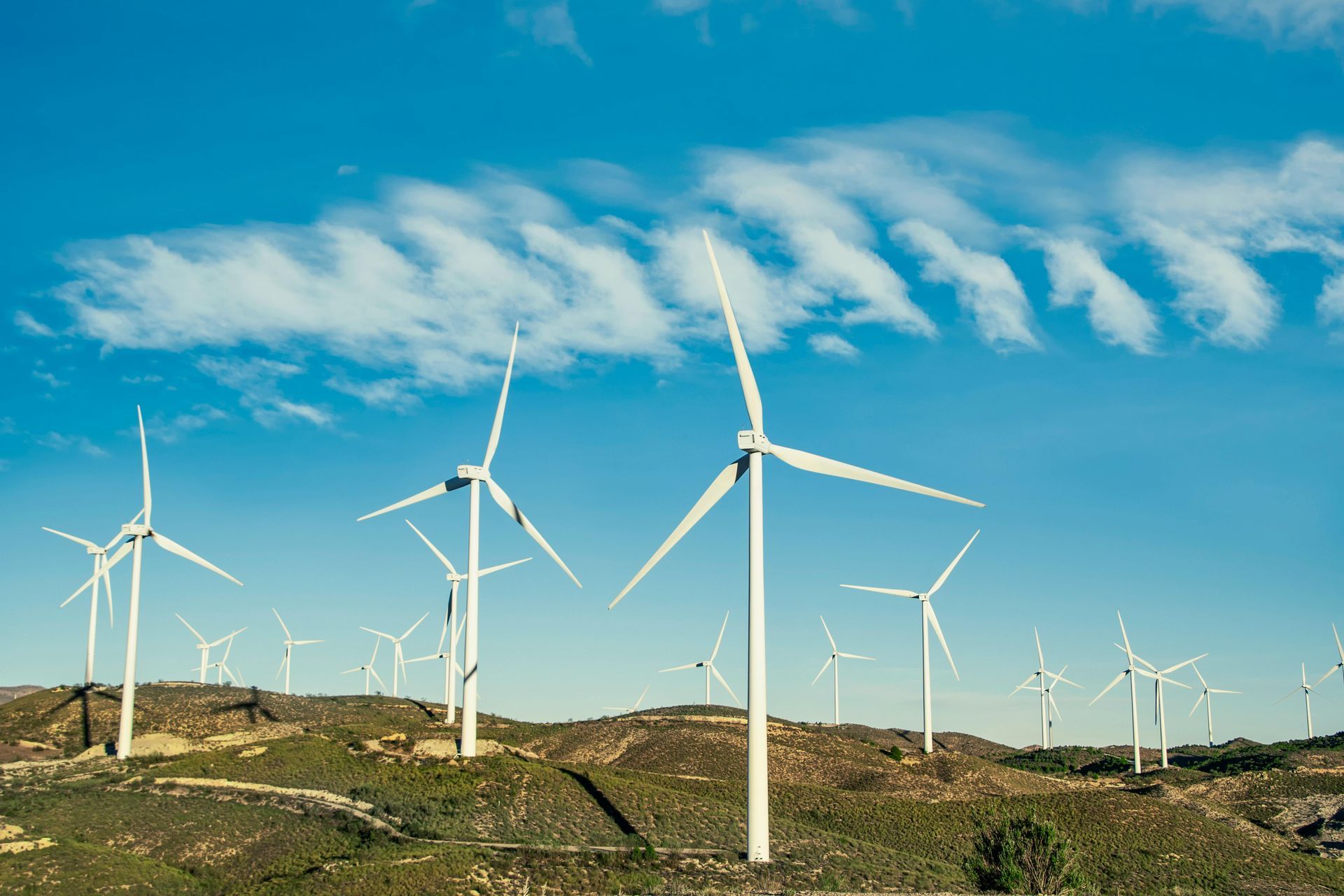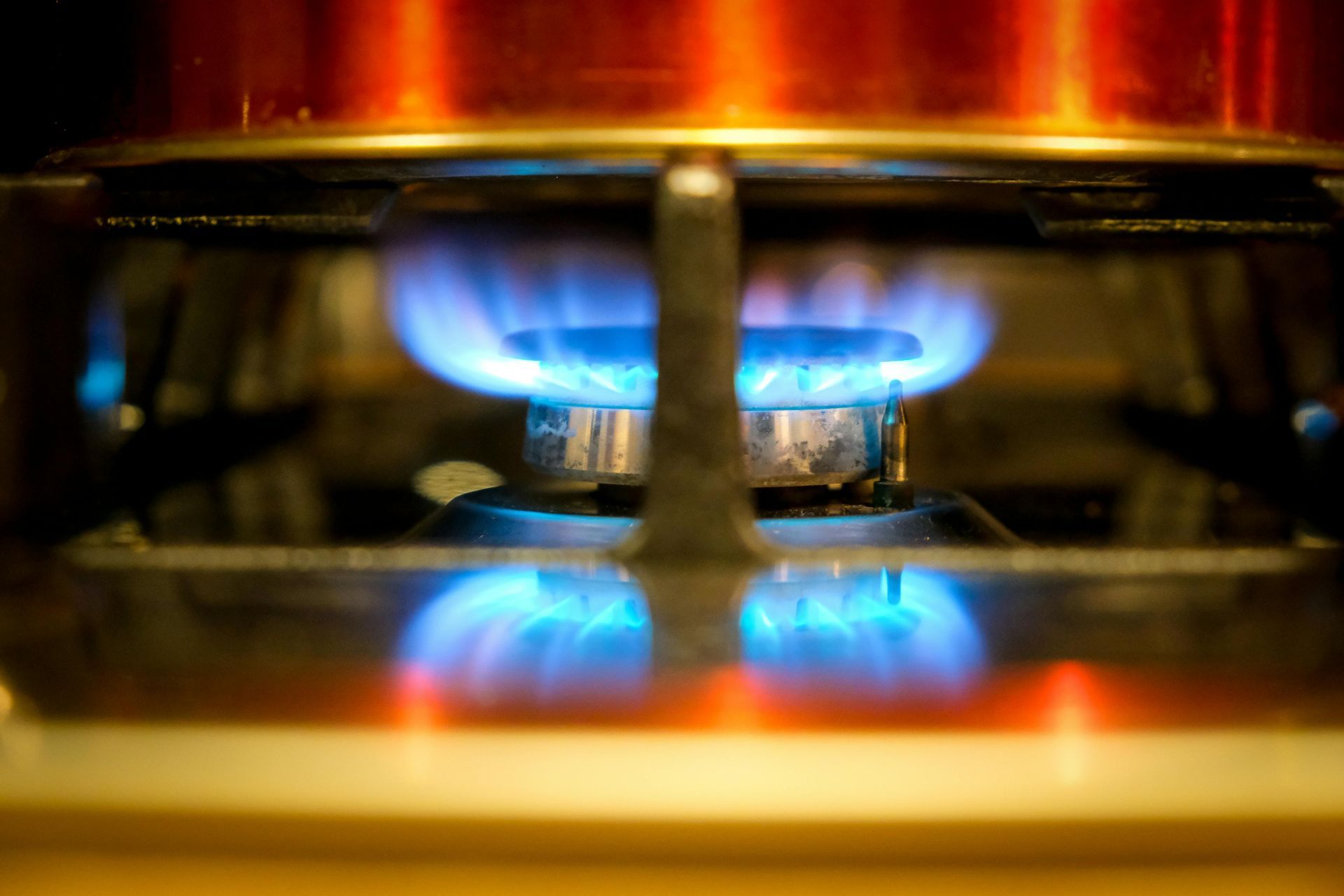Are the government taxing your electricity too? - Updated 2025/26

At the end of every month, when you receive your energy invoice, you may feel overwhelmed by all of the different costs. You may glance at the total, pay it, and move on, but actually, you don’t really know what you're paying for. Most people don't understand what levies are included in their energy bills, but most importantly, how quickly these are increasing each year.
This guide will break down the meaning behind the taxes on your energy bills so you know exactly what you’re paying for.
Fixed vs. Pass-Through Contracts
If you only see the energy price on your bills and not seven other charges, you are likely on a fixed contract.
On the other hand, if you’re on a pass-through contract, your bill is more transparent. You’ll see both the
commodity
element and the non-commodity charges. The non-commodity includes all of the government charges.
Electricity levies imposed by the government:

Below is a breakdown of the different government taxes you may come across on your invoices:
Climate Change Levy (CCL)
Paid to HMRC. This mandatory tax applies to all UK businesses and is designed to push companies to reduce their energy consumption.
Contracts for Difference (CfD)
Paid to HMRC. It is designed to support large-scale low-carbon generation projects, offering financial stability for the UK to transition to Net Zero. For example, the projects that the CfD would support are offshore wind farms.
The Feed-in Tariff (FIT)
Paid to Ofgem, the government regulator. This scheme was introduced to pay individuals and organisations for generating their own renewable electricity. However, in January 2020, the Smart Export Guarantee (SEG) was introduced, and the FIT has been slowly phased out, which enables businesses with renewable energy systems to export excess electricity back to the grid and receive payment from their supplier.
Renewable Obligation (RO)
Paid to Ofgem. It is a government scheme that requires electricity suppliers to source a proportion of their supply from renewable energy. Businesses must comply with the criteria set out by the government and meet the right amount of sourced renewable energy.
Gas Levies imposed by the government:

There are not as many gas levies compared to electricity. However, the ones to look out for would be the following:
Green Gas Levy (GGL)
Introduced in November 2021, this quarterly levy helps fund the
Green Gas Support Scheme (GGSS). Its goal is to boost the proportion of biomethane (a renewable alternative to fossil fuel gas) entering the grid. Both homes and businesses contribute.
Climate Change Levy (CCL)
Like electricity, gas is also subject to the CCL. The CCL is a carbon tax on energy and is calculated per kilowatt-hour of energy consumed. The rate for gas is currently 0.007p kWh and is set to rise to 0.008p kWh from April 2026.
Why It Matters
If you have a pass-through contract, it may benefit you, as the supplier is clear with their billing structure and does not include any risk premiums in the price, which is often seen on fixed prices.
Next time your bill comes in, don’t just focus on the total cost but understand what each charge is. Doing so could help you anticipate future levy increases and foresee future expenses when it comes to your energy bills.
If you have any questions or want help lowering energy costs, contact us at 0161 521 3400 or Info@purelyenergy.co.uk. Alternatively, you can get a quick quote.
Written by Faith Labong at Purely Energy.


